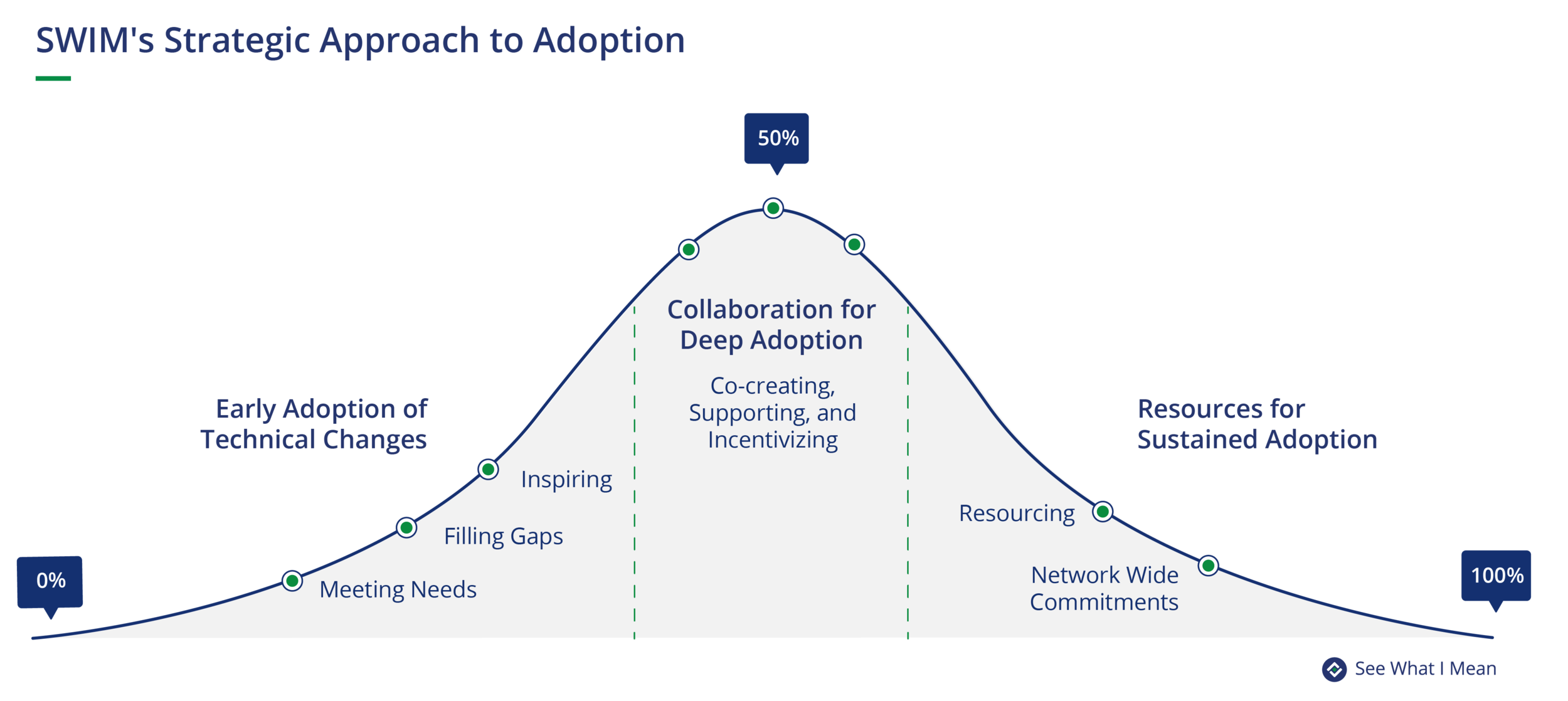Making Choices Stick: A Strategic Approach to Adoption and Implementation
Last week, Jenna wrote about decision-fatigue. Decision-fatigue is the “ugh” feeling we’re experiencing while navigating an avalanche of choices. Choosing a return-to-learn plan for my teenagers has been a source of decision-fatigue for my family. Online? Face to face? Hybrid? Virtual Academy? We’re still weighing options and seeking advice. I can’t wait for the “ugh” feeling to be swept away by the “whew” exhale of a choice made!
I plan to savor that feeling - for at least five minutes - before I’ll need to turn my attention to the challenges of making our family’s choice work. How will I make our decision a reality? For example, online school will demand a new schedule (and a louder alarm clock), new systems of accountability (can you give detention after 138 days of self-isolation?), inventing safe social options (the patio is not so appealing in December), and inspiring a back-to-school spirit (when we’re only back-to-the-living room).
It’s not just families facing decision-fatigue, we feel it in our organizations too. Sometimes the extra decision-making energy is consuming the energy we need to plan for adoption and implementation. Making a decision, priority or goal stick isn’t like switching on a light switch. At See What I Mean, we think of the challenge of making a decision stick as an adoption curve. This curve plays out in networks, departments, teams, and even families.
Early adoption of technical changes
The steep hill of gaining adopters begins with making a case, inspiring action, and providing tools. In this phase, our goal is for people and organizations (if you’re thinking about a network) to become inspired enough to make technical changes. Technical changes are practical adjustments that begin our adoption.
During this phase of an Openness Project with the Iowa Council of Foundation’s (ICoF) we created a self-assessment, shared grantee data, and offered workshops. This resulted in technical changes like fewer questions on grant applications and new language on funder websites.
Many organizations begin and end their adoption process with the first phase of the adoption curve. We encourage you to plan for deeper and sustained adoption.
Collaboration for deep adoption.
Technical changes often disintegrate in reality. Our technical changes can be met with resistance that sounds like...“My Board doesn’t get it.” “We can’t pay for THAT!” “I tried it and it didn’t really make a difference.” In this phase, adopters need help with adaptive changes to culture, systems, mindsets, and policies. At See What I Mean we like to use collaborative methods, including cohort based learning, co-creation, prototyping, and pressure-testing with friendly critics. This phase is the high point of the curve because of the amount of effort it takes to do the deep work that makes a technical change meaningful.
During this phase of a project with Feeding America, we used a Hackathon where leaders from all parts of the network worked intensively to prototype real solutions. This not only created new projects, but long-lasting changes in relationships and mindsets needed to carry out new ways of working.
Resources for sustained adoption.
Once a network grabs onto a cause or a decision fasten your seat belt! Adopters pull on leaders to move faster, go bigger, and take a stand.
At See What I Mean we’ve seen this play out in increasing the distribution of fresh fruits and vegetables by Food Banks. When food banks began distributing more produce several years ago there were technical and adaptive challenges. It was difficult, but Food Banks and their partner organizations were innovative and resourceful, and they worked together through the challenges. Today, we hear food pantries and the neighbors they serve asking for more and more produce! Food Banks are pressed for resources and commitments to sustain (and increase) fresh fruits and vegetables. Adoption has moved through all three phases, making room for the next opportunity to engage their mission.
See What I Mean delivers a strategic approach to adoption. SWIM has helped networks and organizations move strategies, practices and values up the adoption hill and down the other side to sustainability and scale. If you’d like help systematically planning for adoption, we’d love to work with you. Please schedule an appointment.
Author: Stacy Van Gorp

